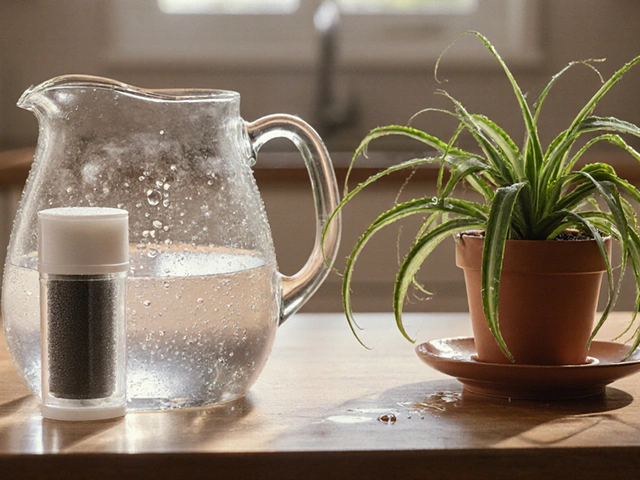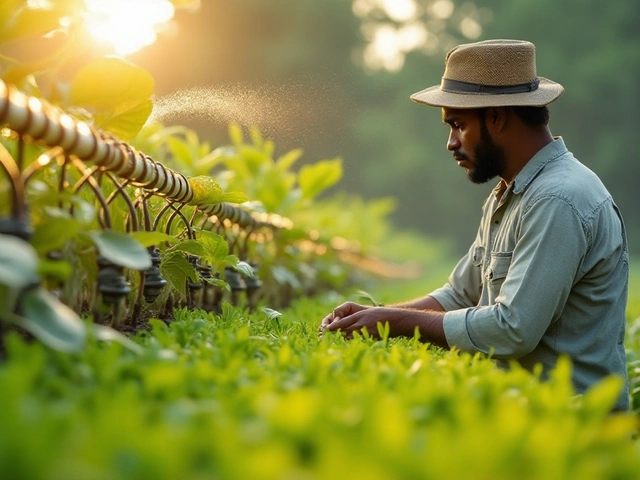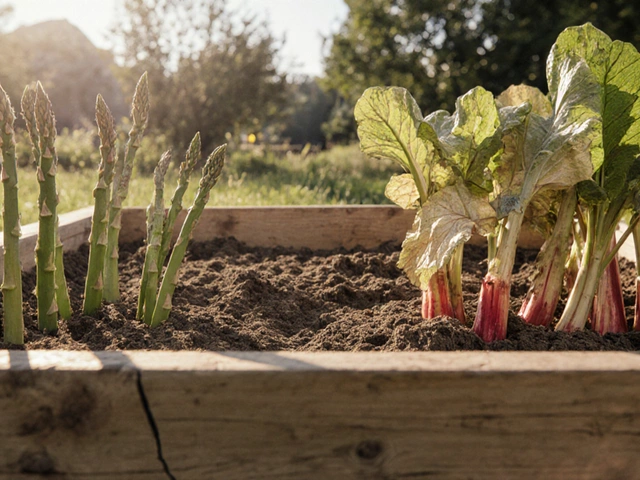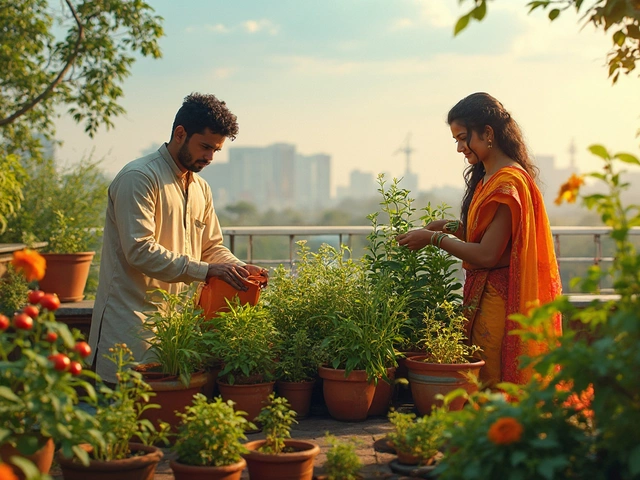Greenhouse Gardening: Practical Tips for Growing All Year
Thinking about turning a corner of your yard into a mini-farm? A greenhouse lets you grow veggies, herbs, and flowers no matter the season. You don’t need a fancy structure – even a simple frame covered with clear plastic works. The key is to understand a few basics and you’ll be harvesting fresh produce while your neighbors are shivering.
Pick the Right Spot and Structure
First, choose a sunny place that gets at least six hours of direct light daily. South‑facing is ideal in most Indian climates because it catches the most sun in winter. Keep the greenhouse away from tall trees or walls that cast shadows.
When deciding on a structure, think about material, size, and budget. Polyethylene film is cheap and easy to replace, while polycarbonate panels last longer and give better insulation. If space is limited, a lean‑to greenhouse attached to your house can use the wall for extra warmth.
Ventilation and Temperature Control
Plants hate stagnant air and extreme heat. Install roof vents or side windows that you can open on hot days. A simple manual flap works fine; just open it when the temperature hits 30 °C. In colder months, close the vents at night and use a small electric heater or a DIY bottle heater filled with hot water.
Thermometers are a must. Place one at plant level and another near the roof to catch hot spots. If temperature swings are big, consider a cheap fan for air circulation – it also helps prevent fungal problems.
Now that you have the basics sorted, let’s talk soil and watering.
Use a light, well‑draining mix. A blend of garden soil, compost, and coarse sand works for most vegetables. For strawberries or tomatoes, add a bit of perlite to improve aeration. Avoid heavy clay; it holds water and roots can suffocate.
Drip irrigation is a game‑changer inside a greenhouse. It delivers water right to the root zone, saves water, and reduces leaf wetness – a common cause of disease. If you’re on a budget, a simple soaker hose buried under the soil does the trick.
Water in the early morning or late evening. This gives leaves time to dry before night, cutting down on mold. Check soil moisture with your finger – if the top inch feels dry, it’s time to water.
Now, what to grow?
Leafy greens like spinach, lettuce, and methi thrive in cooler months. Tomatoes, chillies, and cucumbers love the heat, so plant them when the greenhouse stays warm. Herbs such as basil and coriander grow fast and don’t need deep soil.
Rotate crops every season to keep soil healthy. After a batch of lettuce, plant a legume like moong beans to fix nitrogen back into the soil.
Pest control inside a greenhouse is easier than out in the open. Start with clean stock – healthy seedlings are less likely to carry bugs. If you see aphids or whiteflies, spray a mild neem solution. Sticky traps on the roof catch flying pests without chemicals.Finally, keep an eye on humidity. Too much moisture encourages mildew. Use a hygrometer – ideal range is 50‑70 % for most vegetables. If humidity spikes, open vents wider or run a small dehumidifier.
With these steps, your greenhouse becomes a reliable source of fresh food. It takes a little setup, but the payoff is steady harvests, lower grocery bills, and the joy of watching plants grow under your care.
Remember, the best greenhouse is the one you use regularly. Check the vents, water the plants, and enjoy the process. Happy gardening!
What Not to Grow in a Greenhouse: Avoid These Flower Flops
Greenhouses offer a controlled environment for growing various plants, but not all flowers thrive there. Some plants fare poorly due to temperature, humidity, or space constraints. Knowing which flowers to keep out can save time and energy. Discover which flowers are better left for outdoor gardening in Indian climates.
About
Flower Gardening
Latest Posts


What Is the Best Water for Houseplants? A Practical Guide
By Alden Thorne Oct 16, 2025

Understanding the Drawbacks of Drip Irrigation Systems
By Alden Thorne Dec 24, 2024

Plants That Struggle in Raised Beds - What to Avoid
By Alden Thorne Oct 8, 2025

